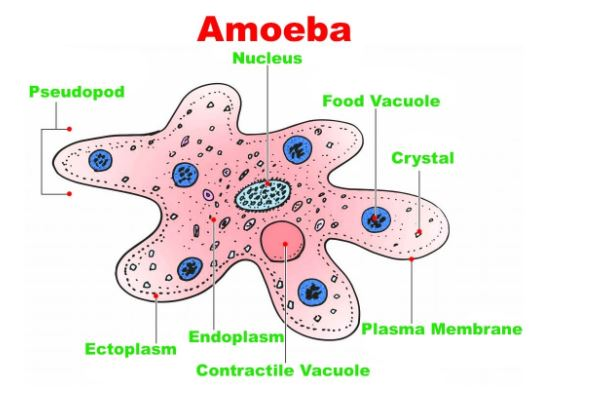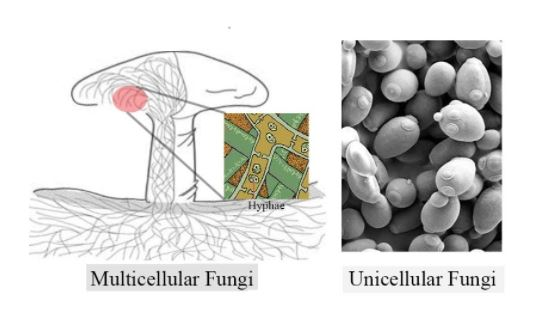
How are protists and fungi similar?
Answer
504.6k+ views
Hint: One of them is unicellular in nature but can also be found as a colony of cells. Most of these survive in water, damp terrestrial environments, or even as parasites while the other ones are either autotrophs or heterotrophs, instead, they are saprophytes.
Complete answer
Similarities between protists and fungi are as follows:


Note:
Most protist species are unicellular organisms, however, there are a couple of multicellular protists like kelp. This group shows the process of symbiosis with their other members. For instance, kelp (seaweed) may be a multicellular protist that gives otters protection from predators amidst its thick kelp. In turn, the otters eat sea urchins that tend to prey on kelp. Fungi are heterotrophic in nature; they mostly absorb their food from the surrounding air through their haustorium.
Complete answer
Similarities between protists and fungi are as follows:
| Protists | Fungi |
| It is a eukaryotic organism. | It is also a eukaryotic organism. |
| The nucleus present in them is prominent. | The nucleus present in them is also prominent. |
| They constitute cell organelles. | They also constitute cell organelles. |
| They produce fruiting bodies by the production of spores. | They also produce fruiting bodies by the production of spores. |
| They produce both plants and fungi. | They are formed through protists. |
| The cell is enclosed by the cell wall. | Their cell is enclosed by a cell wall. |
| Its nucleus is enclosed in a nuclear membrane. | Its nucleus is also enclosed in a nuclear membrane. |
| The nucleus is composed of DNA along with histone proteins. | Its nucleus also comprises DNA along with histone proteins. |
| Their cells are motile for some part of their life cycle. | Their cells are also motile for some part of their life cycle. |
| Their life cycle is complex consisting of both sexual and asexual phases. | Their life cycle is also complex consisting of both sexual and asexual phases. |
| Examples are amoeba, paramecium, euglena, etc. | Examples are yeast, mushroom, rhizopus, etc. |


Note:
Most protist species are unicellular organisms, however, there are a couple of multicellular protists like kelp. This group shows the process of symbiosis with their other members. For instance, kelp (seaweed) may be a multicellular protist that gives otters protection from predators amidst its thick kelp. In turn, the otters eat sea urchins that tend to prey on kelp. Fungi are heterotrophic in nature; they mostly absorb their food from the surrounding air through their haustorium.
Recently Updated Pages
Why are manures considered better than fertilizers class 11 biology CBSE

Find the coordinates of the midpoint of the line segment class 11 maths CBSE

Distinguish between static friction limiting friction class 11 physics CBSE

The Chairman of the constituent Assembly was A Jawaharlal class 11 social science CBSE

The first National Commission on Labour NCL submitted class 11 social science CBSE

Number of all subshell of n + l 7 is A 4 B 5 C 6 D class 11 chemistry CBSE

Trending doubts
Differentiate between an exothermic and an endothermic class 11 chemistry CBSE

10 examples of friction in our daily life

One Metric ton is equal to kg A 10000 B 1000 C 100 class 11 physics CBSE

Difference Between Prokaryotic Cells and Eukaryotic Cells

1 Quintal is equal to a 110 kg b 10 kg c 100kg d 1000 class 11 physics CBSE

State the laws of reflection of light




